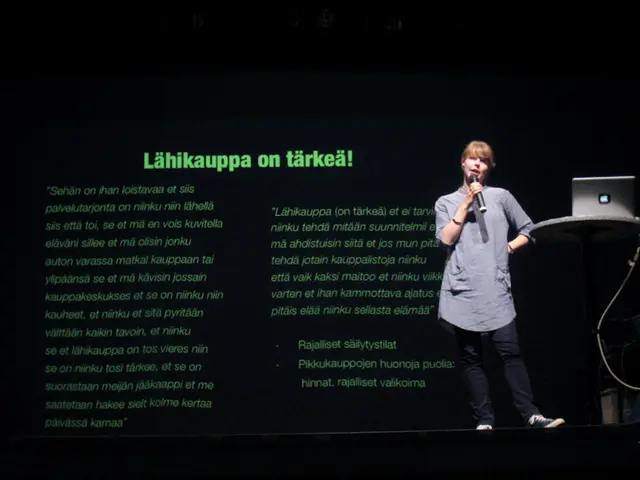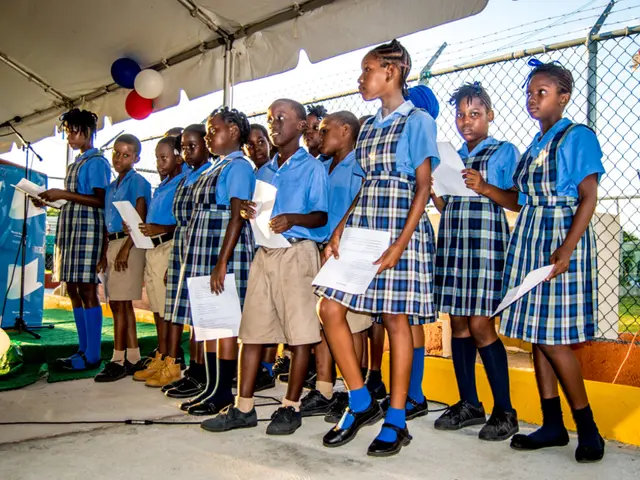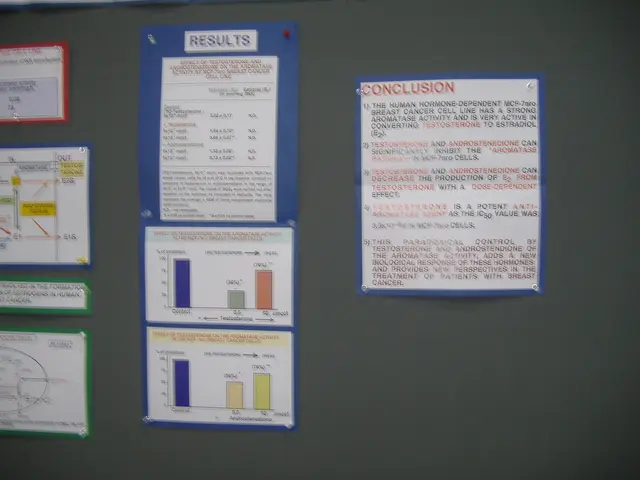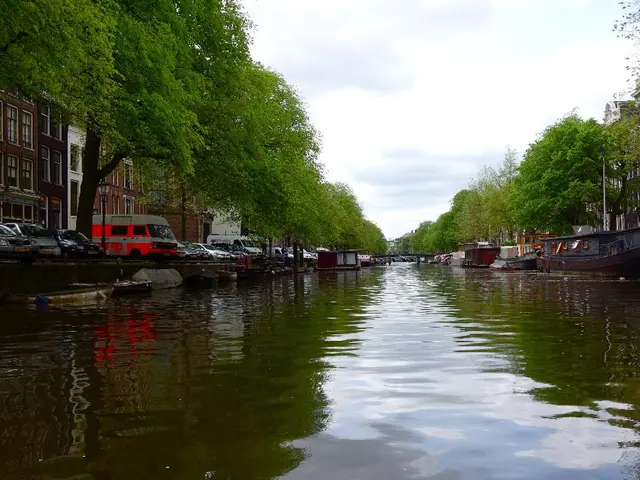Evidence of early Iron Age bronze alloying discovered at el-Ahwat significantly revises historical understanding of the southern Levant's past.
In a groundbreaking discovery, a recent study published in PLOS One on August 7, 2025, has challenged the long-standing view of bronzeworking in the southern Levant. The study provides the first direct evidence that bronze was produced at the Iron Age I settlement of el-Ahwat, located in inland, highland areas, contrary to the previous assumption that bronzeworking was limited to lowland urban centers.
Challenging the Previous View
The discovery at el-Ahwat suggests a more distributed and complex network of metalworking. The team found tin-rich prills trapped in the slag and tin-oxide crystals resembling natural cassiterite, both of which indicate primary alloying of copper with tin. This evidence points to el-Ahwat being involved in the primary production of bronze, not just reworking existing materials.
Implications for Iron Age Craft and Exchange
Craft
The presence of these sophisticated metalworking techniques at el-Ahwat indicates a high level of skill among the craftsmen. The ability to produce bronze locally challenges the idea that these communities were peripheral to the main centers of technological advancement.
Exchange
The discovery that copper for el-Ahwat came from the Arabah copper fields, specifically from Faynan and Timna, suggests well-established trade routes connecting these regions to the highlands. This challenges the assumption that all significant metalworking was centered in coastal or lowland areas.
The involvement of el-Ahwat in bronze production indicates a more complex social organization than previously thought, with possible connections to a broader network of copper distribution and social exchange.
Overall, this study opens new perspectives on the social and economic dynamics of the early Iron Age in the southern Levant, highlighting the importance of inland communities in metalworking and trade. The findings point to a more complex pattern of resource procurement and craft organization in Iron Age I, suggesting inland copper distribution and local alloying during the early Iron Age in the southern Levant. These changes affected trade and administration in the southern Levant during Iron Age I, with skilled metalworkers operating within or alongside small settlements during this period. Local communities obtained non-local raw materials for bronzeworking in Iron Age I, and the bronze found at el-Ahwat originated from the Arabah copper fields, which run between modern Israel and Jordan.
The study analyzed 7 metal fragments and 1 piece of slag from el-Ahwat using various laboratory techniques. The analysis revealed two clear types of spills: copper and tin-bronze, and a slag whose composition indicates bronze production. The study's findings are linked to broader changes after the Late Bronze Age collapse in the southern Levant, suggesting that el-Ahwat received Arabah copper from more than one mining area: Faynan Dolomite Limestone Shale (DLS) and Timna deposits in the Arabah Valley.
In conclusion, this study provides compelling evidence that bronzeworking in the southern Levant was more widespread and complex than previously thought. The findings challenge the assumption that Iron Age I bronzeworking in the Central Hill Country was absent or limited to recycling, and they suggest a more nuanced understanding of the social and economic dynamics of the Iron Age in the southern Levant.
- The debate on bronzeworking in the southern Levant has been shaken by a recent study in PLOS One, as researchers discovered evidence of bronze production at the Iron Age I settlement of el-Ahwat, located in Turkey's inland, highland areas.
- The study suggests a far-reaching impact on Iron Age craft and exchange, as el-Ahwat's involvement in bronze production indicates a higher level of skill among local artisans, challenging the notion that these communities were peripheral to the primary centers of technological advancement.
- In addition to the craft aspect, the discovery also sheds light on the established trade routes connecting el-Ahwat to regions such as the Arabah copper fields, which run between modern Israel and Jordan, demonstrating that significant metalworking was not centrally located in coastal or lowland areas.
- As education and self-development enthusiasts delve into this groundbreaking research, they may come to appreciate the importance of the general news, Turkish science, and technology sectors in unraveling the mysteries of the ancient world, and emphasizing the critical role of inland communities in shaping the socio-economic dynamics of Iron Age civilizations. Furthermore, sports aficionados can draw parallels between the perseverance and skill required in archaeology and their favorite athletic pursuits.




